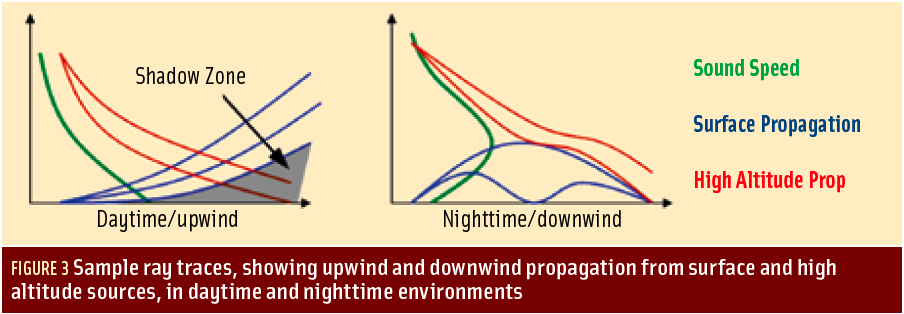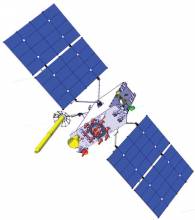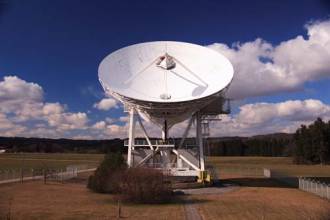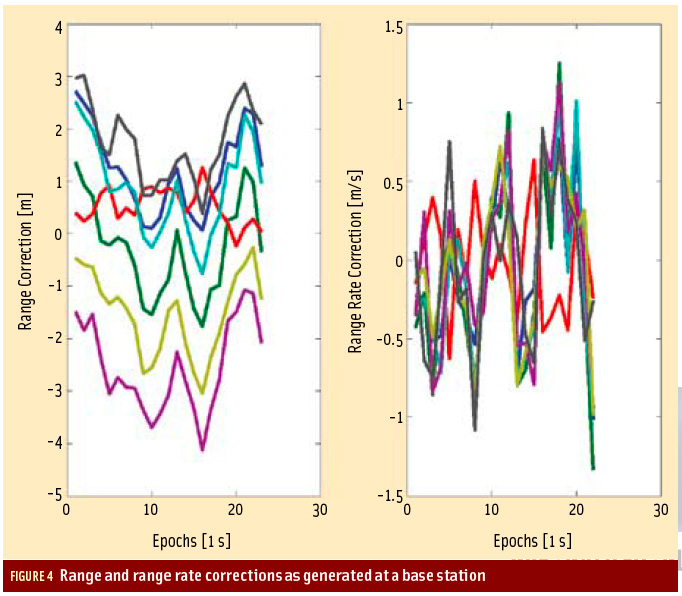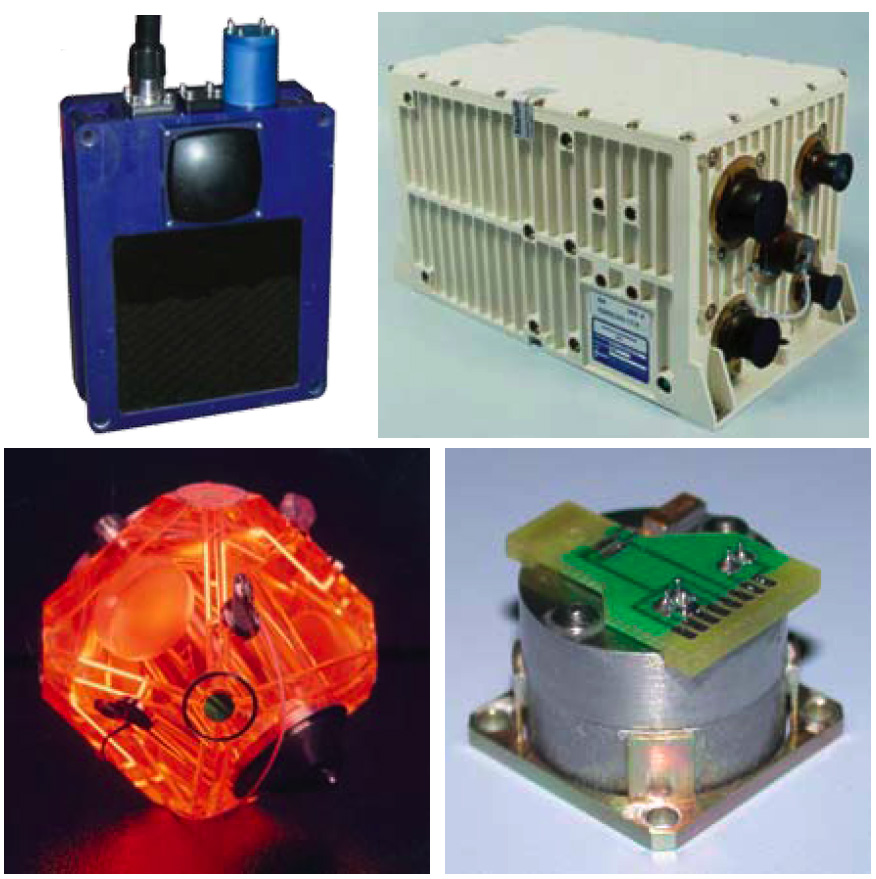Aviation Applications: Hybrid Navigation Techniques and Safety-of-Life Requirements
For the complete story, including figures, graphs, and images, please download the PDF of the article, above.
Evolution of GNSS into a global system of multiple systems opens up a new world of aviation applications, improving such factors as integrity, accuracy, and availability of positioning.
By Inside GNSS


